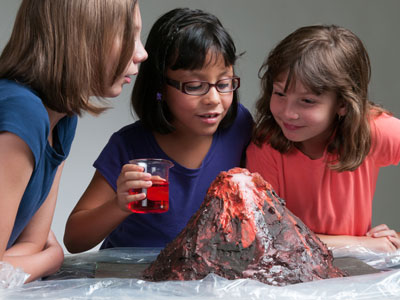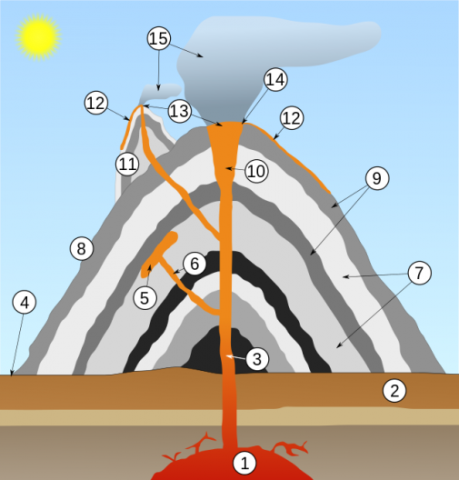How can I make a volcano?

Students building a volcano (busypix - iStock)

Students building a volcano (busypix - iStock)
How does this align with my curriculum?
BC
8
Science Grade 8 (June 2016)
Big Idea: The theory of plate tectonics is the unifying theory that explains Earth’s geological processes.
BC
11
Earth Sciences 11 (June 2018
Big Idea: Plate Tectonic Theory explains the consequences of tectonic plate interactions.
BC
12
Geology 12 (June 2018)
Big Idea: The plate tectonic theory explains the changes that occur within Earth and to Earth’s crust throughout geological time.
YT
11
Earth Sciences 11 (British Columbia, June 2018
Big Idea: Plate Tectonic Theory explains the consequences of tectonic plate interactions.
YT
12
Geology 12 (British Columbia, June 2018)
Big Idea: The plate tectonic theory explains the changes that occur within Earth and to Earth’s crust throughout geological time.
YT
8
Science Grade 8 (British Columbia, June 2016)
Big Idea: The theory of plate tectonics is the unifying theory that explains Earth’s geological processes.
BC
10
Science Grade 10 (March 2018)
Big Idea: Energy change is required as atoms rearrange in chemical processes.
NU
10
Science Grade 10 (British Columbia, June 2016)
Big Idea: Energy change is required as atoms rearrange in chemical processes.
ON
10
Science Grade 10 Applied (SNC2P)
Strand C: Chemical Reactions and Their Practical Applications
